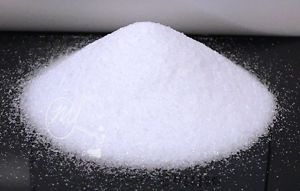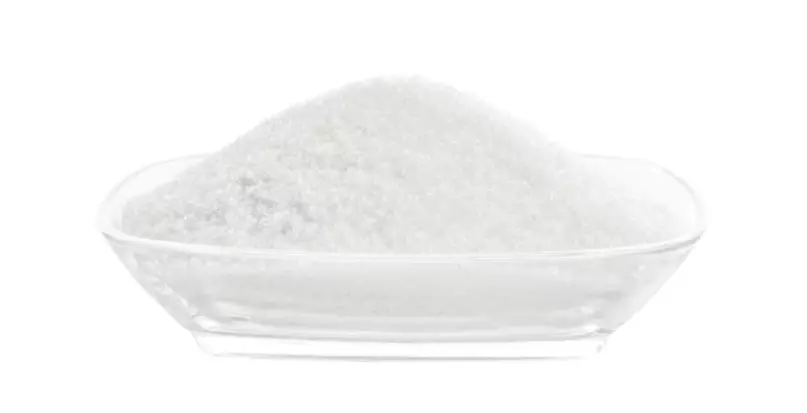Sodium Nitrate - Taiwan
|
IUPAC Name |
: Sodium Nitrate |
|
Cas Number |
: 7631-99-4 |
|
HS Code |
: 3102.50.00 |
|
Formula |
: NaNO3 |
Basic Info
|
Appearance Name |
: White Powder or Colorless Crystals |
|
Common Names |
: Chile Saltpeter, Nitrate of Soda, Cubic Niter |
|
Packaging |
: 25 Kg Bag |


---china.webp)


.webp)
